How to Layer Skincare Products Correctly
In the quest for flawless skin, many find themselves navigating an increasingly crowded skincare market. The array of options presents a complex puzzle — each piece promising transformative results. Yet, even the most potent ingredients can falter if applied in the wrong order. Understanding the art of layering skincare products not only maximizes their benefits but also ensures that each product supports and enhances the skin’s health. The goal here isn’t merely regimen for its own sake; it’s about creating a routine that genuinely works, making your skincare journey both effective and rewarding.
Understanding the Basics of Skincare Layers
Before delving into specifics, grasping the foundational importance of product layering is imperative. Layering products correctly ensures that each step of your skincare routine contributes to fortifying your skin’s barrier. This not only aids in retaining moisture but also protects against environmental aggressors. By ensuring optimal penetration of actives, you’re not just applying products—you’re strategically enhancing their performance.
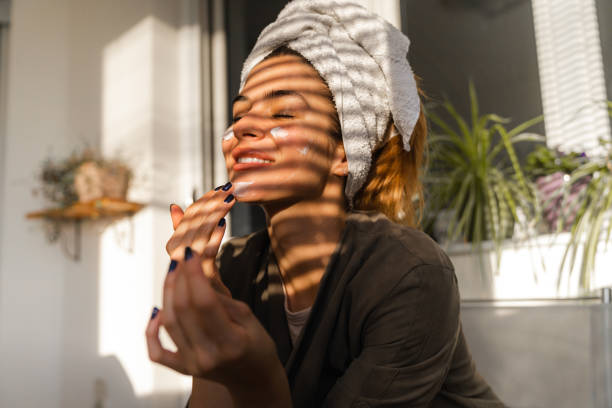
- Increased Efficacy: Properly layered, products can perform to their fullest potential.
- Moisture Retention: Layering helps trap moisture within the skin.
- Improved Absorption: Ensures that actives penetrate effectively.
The layering strategy is guided by the nan weights of textures—generally, moving from thinnest to thickest. This might sound overly simplistic, but it’s grounded in how our skin absorbs nutrients.
The Correct Order of Skincare Products
When it comes to skincare, order matters as much as substance. The sequence in which you apply your skincare products can profoundly affect their effectiveness. Applications should proceed from the lightest, most fluid formulations to the richest, densest creams.
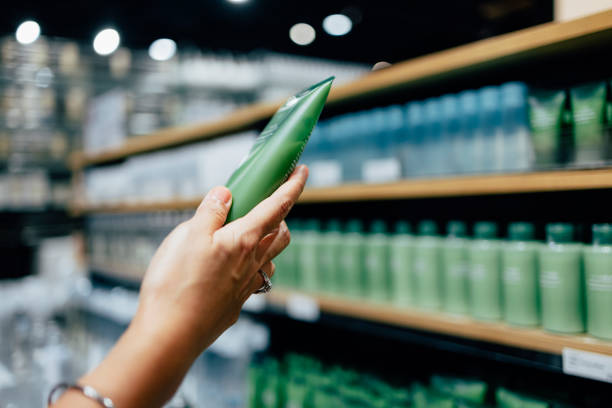
Cleanser: The Essential First Step
A quality cleanser is the indispensable foundation of any skincare routine. It removes dirt, oil, and impurities that accumulate on the skin throughout the day, serving as the canvas upon which all other products are layered. Regular cleansing not only refreshes the skin but also primes it for better absorption of subsequent skincare treatments.
Toner and Essence: Preparing Your Skin
After cleansing, toners and essences play a pivotal role in hydrating and preparing your skin. Toners adjust the skin’s pH level, clearing the path for essences that deliver an extra layer of hydration. Consider them the preparatory phase, ensuring optimal absorption of available skin treatments. The one-two punch of toners and essences ensures that the base is moist, balanced, and ready to soak up the active ingredients that follow.
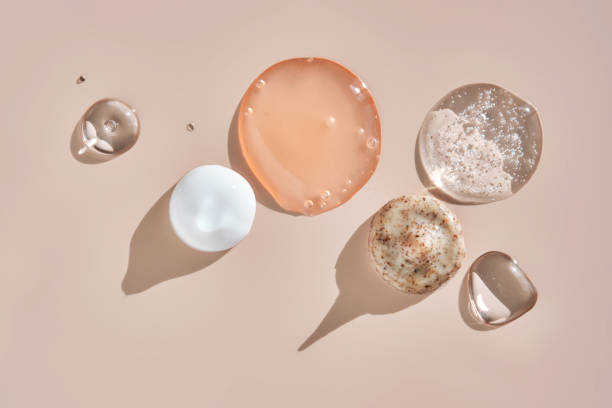
| Product Type | Purpose |
|---|---|
| Cleanser | Removes dirt and prepares skin |
| Toner | Balances pH and hydrates |
| Essence | Boosts hydration and absorption |
Serums and Treatments: Target Specific Concerns
Serums are the powerhouse of any skincare regimen due to their concentrated formulations aimed at specific concerns. Whether you’re confronting acne, confronting fine lines, or aiming for even skin tone, serums deliver targeted action precisely where it’s needed. This concentrated action is why serums should be layered following toners and essences, allowing their active ingredients to penetrate deeply.
- Acne Treatments: Target blemishes and prevent new ones.
- Brightening Serums: Diminish dark spots and even skin tone.
- Anti-aging Formulas: Reduce fine lines and boost elasticity.
Moisturizer: Sealing in the Benefits
Moisturizers act as a sealant, locking in the nutrients and hydration provided by the previous layers. Different skin types and environmental factors can dictate your choice of moisturizer. While some seek lightweight hydration, others may require something richer to combat dryness effectively. Choosing a moisturizer that complements your specific needs helps to maintain balance and prevent transepidermal water loss.
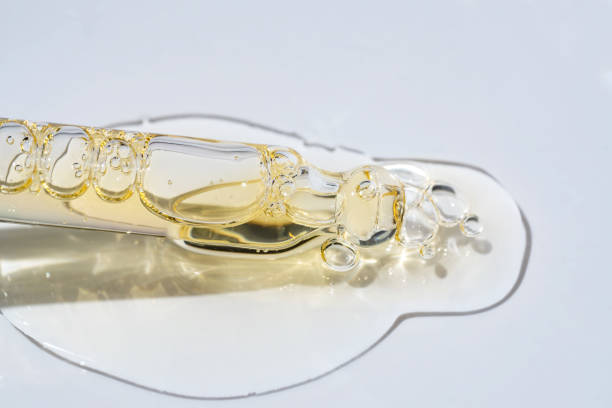
Day vs. Night Moisturizers
There is a marked difference between day and night moisturizers. Daytime solutions often combine lightweight hydration with sun protection, offering a dual action that safeguards against UV rays. Nighttime, however, is reserved for richer offerings that aid and accelerate the skin’s natural repair processes. The distinction is crucial because each caters to the unique requirements of your skin at varying times.
Sunscreen: A Non-Negotiable Daytime Step
In the morning, sunscreen is the final, indispensable layer. Infamous for its protective qualities, sunscreen shields against the harmful effects of UV radiation, significantly lowering the risk of premature aging and more severe concerns like skin cancer. Pairing your moisturizer with sunscreen ensures that your skincare routine provides comprehensive protection, all the way from cellular repair to defending your skin against the elements it will face during your daily activities.
- SPF 30 or Higher: Provides adequate protection from UV rays.
- Broad Spectrum: Shields against both UVA and UVB radiation.
- Water Resistance: Offers lasting protection even in sweat or water.
Conclusion
Understanding how to effectively layer skincare products is both an art and a science, one that can transform the overall health and appearance of your skin. By following a structured routine—from cleanser to sunscreen—you ensure that each product reaches its full potential, working synergistically with the next. This leads to a more radiant, healthier complexion that reflects consistency and care. So, think of layering as your blueprint for effective daily skincare, paving the way to glowing, resilient skin.
FAQ
- Q: Can I skip some of these steps if I’m short on time?
A: Yes, but ensure you never skip cleansing, moisturizing, and applying sunscreen in the morning. For a minimal routine, these are the non-negotiable steps. - Q: How do I know if I’m using too many products?
A: If your skin feels irritated or becomes sensitive, you may be using too many products. Simplify your routine and reintroduce products gradually to see which ones work best for you. - Q: Should I use the same products in the morning and at night?
A: Not necessarily. Daytime products usually include SPF and lighter hydration, while nighttime products focus on richer moisture and repair-focused ingredients. - Q: Can layering products cause breakouts?
A: Improper layering or using products not suited to your skin type can lead to breakouts. Choose non-comedogenic products and apply them in the correct order to minimize this risk.
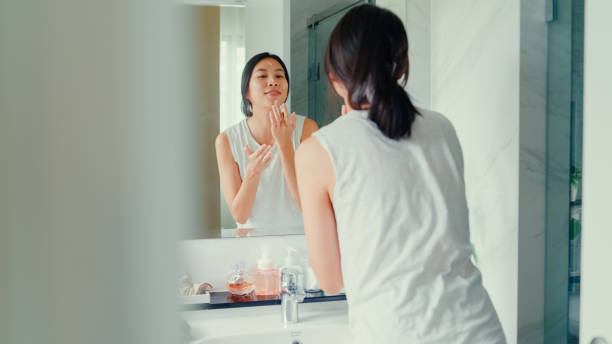
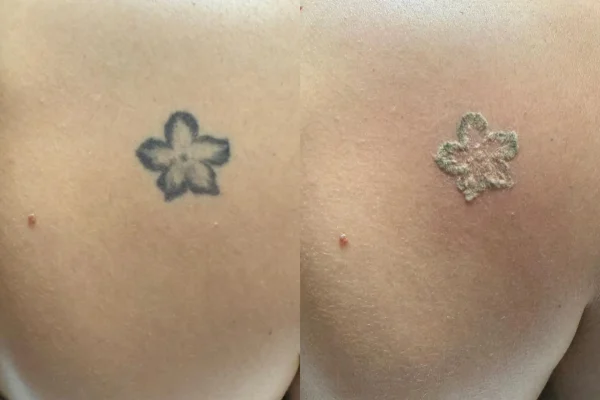
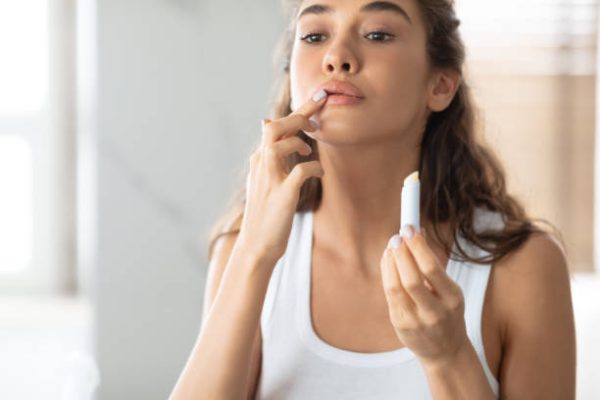

0